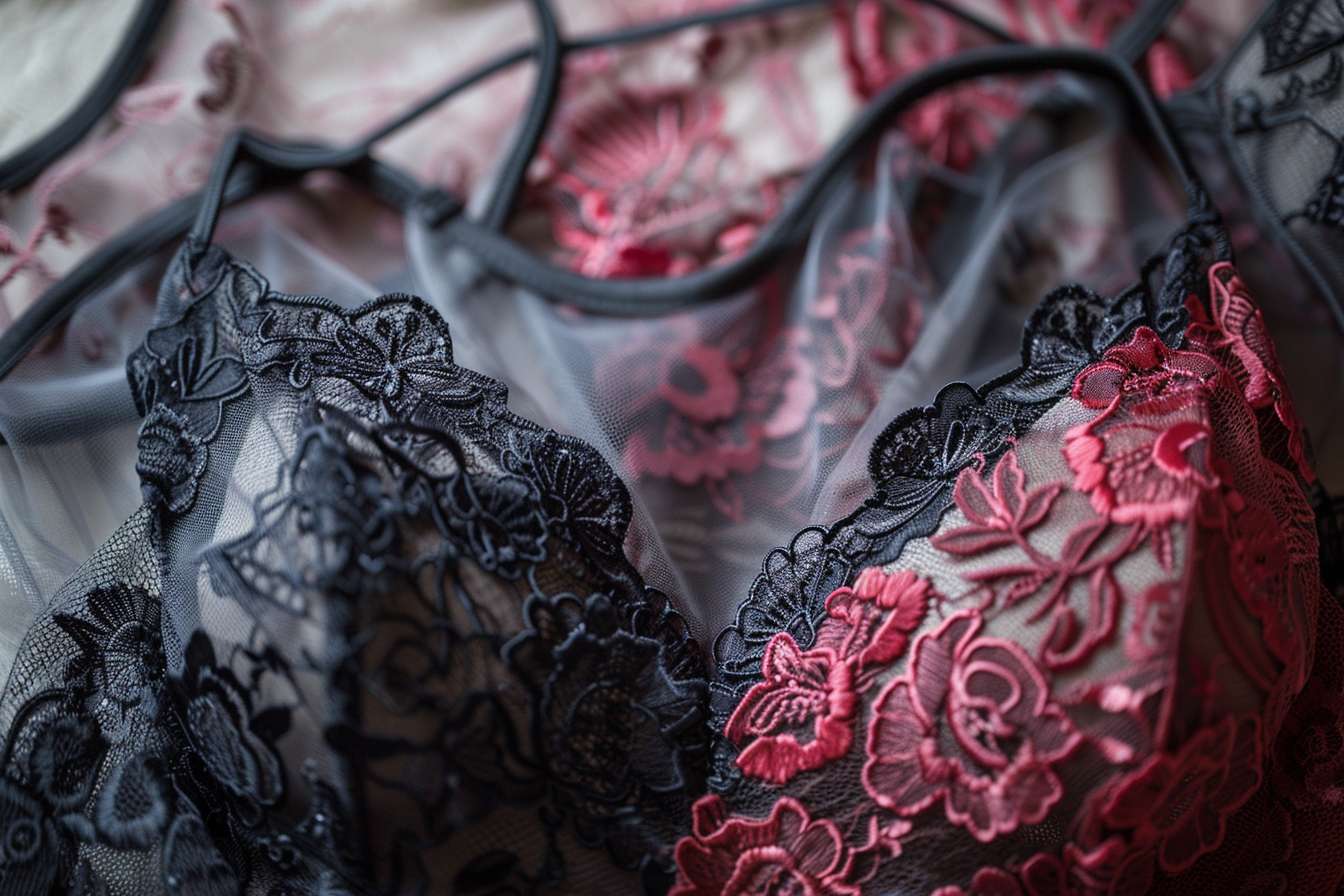Minimalist Underwear Designs: Trends 2025
The landscape of women's underwear is experiencing a significant shift toward minimalism as we approach 2025. This evolving trend prioritizes clean lines, streamlined silhouettes, and thoughtful functionality over excessive decoration. Moving away from the ornate designs of previous decades, today's minimalist underwear embraces simplicity while maintaining elegance through careful attention to detail, high-quality fabrics, and thoughtful construction. This growing movement reflects broader cultural values around sustainability, comfort, and a rejection of unnecessary excess in everyday essentials.

Why Minimalist Underwear Is Dominating 2025 Fashion
The minimalist underwear movement isn’t merely a passing trend—it represents a fundamental shift in how consumers approach intimate apparel. By 2025, industry forecasts suggest minimalist designs will account for nearly 40% of premium underwear sales, up from approximately 25% in 2022. This growth stems from several intersecting factors: increased prioritization of comfort in post-pandemic wardrobes, greater awareness of sustainable consumption practices, and a collective move toward investment pieces rather than disposable fashion. Additionally, minimalist underwear complements the clean, streamlined aesthetic prevalent in contemporary outerwear, creating cohesion throughout one’s wardrobe while prioritizing function alongside form.
How Simplicity Highlights Elegance in Modern Lingerie
Minimalist underwear designs emphasize precision and intention rather than ornamentation. Contemporary designers focus on creating pieces with thoughtfully considered seams, strategic panel placement, and architectural cuts that flatter the body naturally. The absence of excessive elements allows quality materials and craftsmanship to shine through. Subtle details like micro-ribbing, laser-cut edges, and nearly invisible bonded seams create visual interest without clutter. The sophistication comes from what these designs eliminate—excessive clasps, removable straps, and unnecessary hardware—resulting in pieces that feel effortless yet refined. This approach elevates underwear beyond mere necessity to thoughtfully designed essentials that inspire confidence through their simplicity.
Fabrics and Cuts That Define Minimalist Underwear
The foundation of minimalist underwear lies in its materials and construction techniques. Leading the fabric revolution are next-generation technical blends that offer unprecedented comfort and performance. Micro-modal, recycled nylon, and silk-infused cotton blends deliver exceptional softness while maintaining structure. Seamless construction methods eliminate bulky edges, with many brands employing ultrasonic bonding rather than traditional stitching. Cut styles focus on clean lines—high-waisted briefs with straight edges, seamless thongs, and bandeaux-style bralettes dominate collections. The silhouettes often feature fewer panels and components, requiring materials to work harder. Innovations include self-adjusting fabrics that accommodate body changes throughout the day and temperature-regulating textiles that enhance comfort while maintaining a sleek profile.
Why Consumers Are Choosing Less Detail and More Function
The shift toward minimalist underwear reflects evolving consumer priorities. Research indicates that 72% of women now rank comfort as their primary consideration when purchasing underwear, compared to just 45% five years ago. This trend accompanies the broader normalization of remote work arrangements and flexible dress codes, with consumers seeking pieces that perform well throughout varied daily activities. Functionality has become paramount—moisture-wicking properties, improved breathability, and resistance to pilling or stretching out now determine perceived value more than decorative elements. Modern consumers also appreciate the versatility of minimalist styles, which remain invisible under clothing while providing necessary support. The psychological benefit of simplified options helps reduce decision fatigue, with many adopting capsule approaches to their underwear collections.
The Influence of Sustainability on Minimalist Lingerie
Sustainability serves as both driver and beneficiary of the minimalist underwear movement. Simplified designs typically require fewer resources to produce—less fabric, fewer components, and streamlined manufacturing processes reduce environmental impact. Leading brands have embraced production methods that minimize waste, with some implementing zero-waste pattern cutting and others utilizing deadstock fabrics. Consumers increasingly seek transparency about materials and manufacturing, with particular interest in recycled content, biodegradable options, and ethically produced textiles. The longevity inherent in quality minimalist designs counters fast-fashion cycles, encouraging consumers to invest in fewer, better pieces that last longer. This ethos extends to packaging and marketing, with brands moving away from excessive wrapping and toward digital care instructions and simplified distribution systems.
The minimalist underwear movement represents more than an aesthetic preference—it embodies a meaningful recalibration of values around intimate apparel. By emphasizing quality, function, and sustainability over temporary trends and excessive ornamentation, this approach aligns with broader societal shifts toward intentional consumption. As we move further into 2025, these designs continue gaining momentum by offering solutions that simplify daily life without sacrificing style. The evolution toward minimalist underwear reflects not just changing fashion preferences but a deeper reassessment of what consumers expect from everyday essentials—comfort without compromise, simplicity without sacrifice, and style that stands the test of time.




